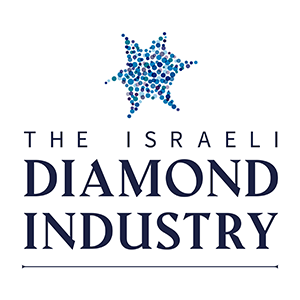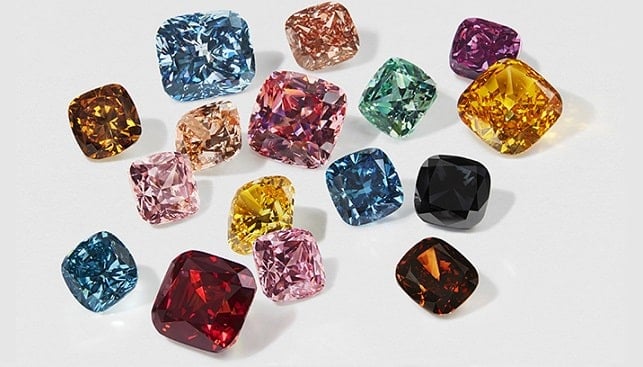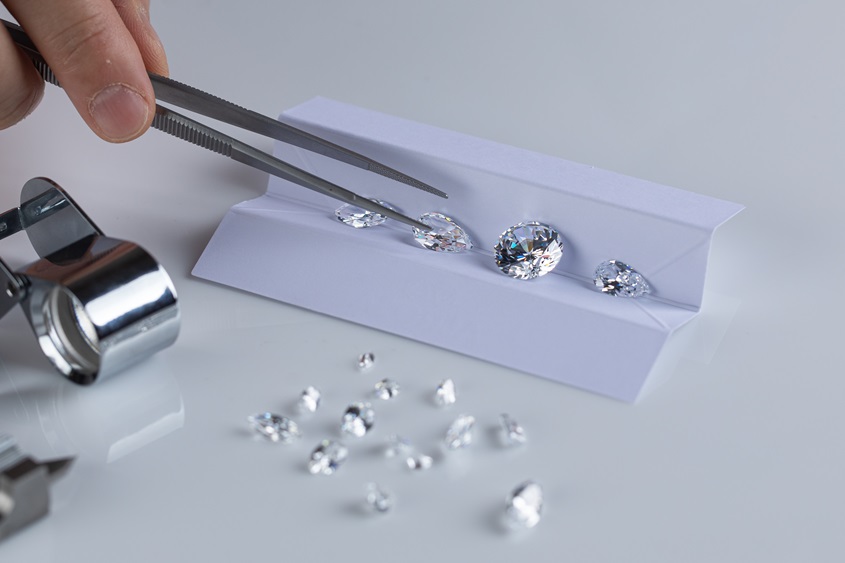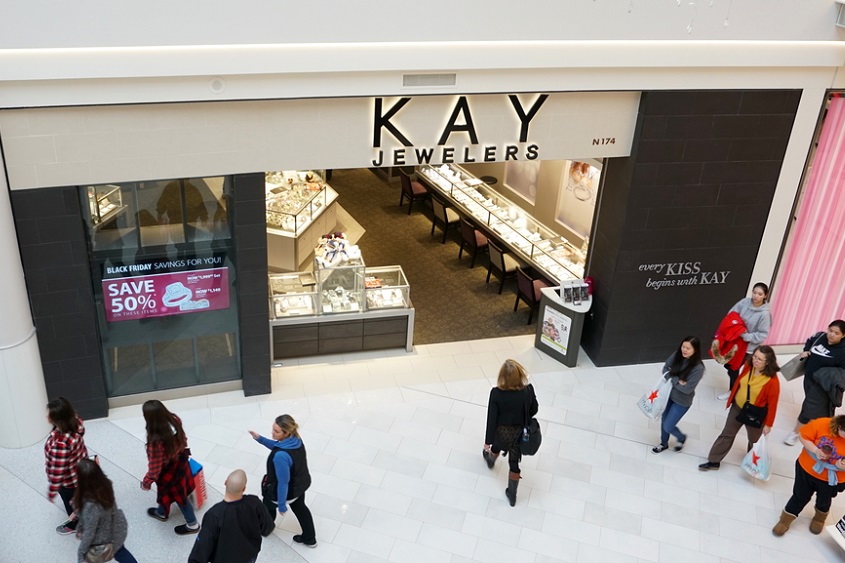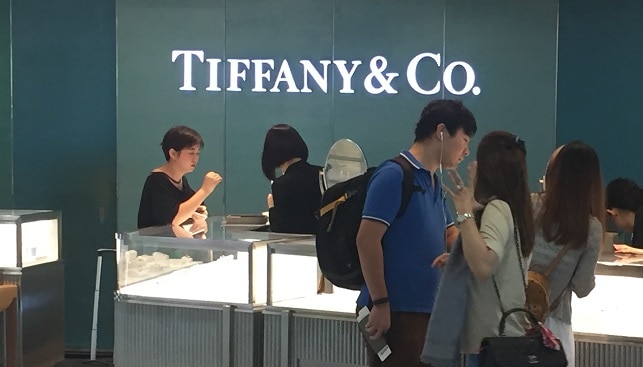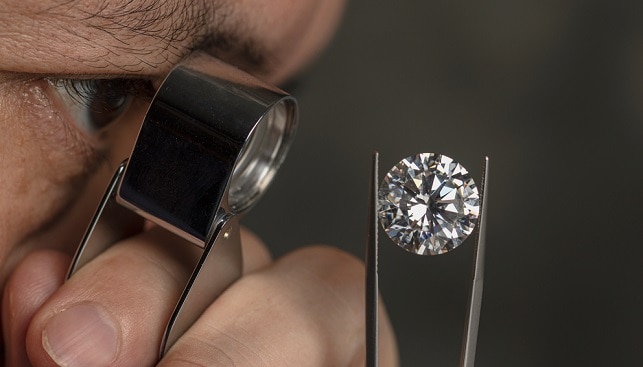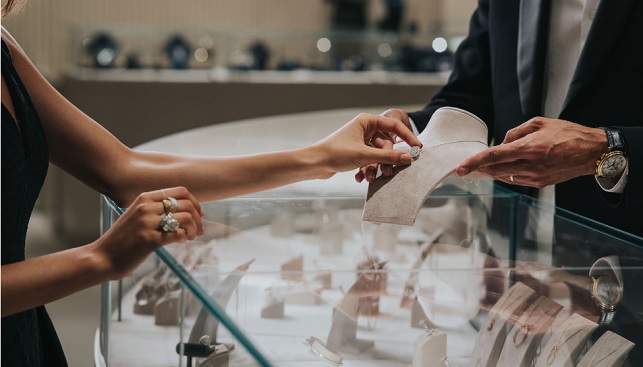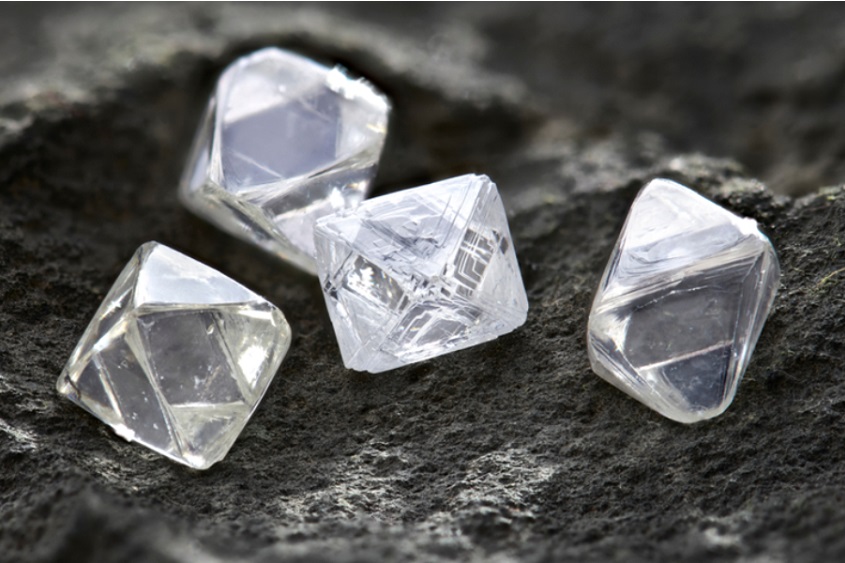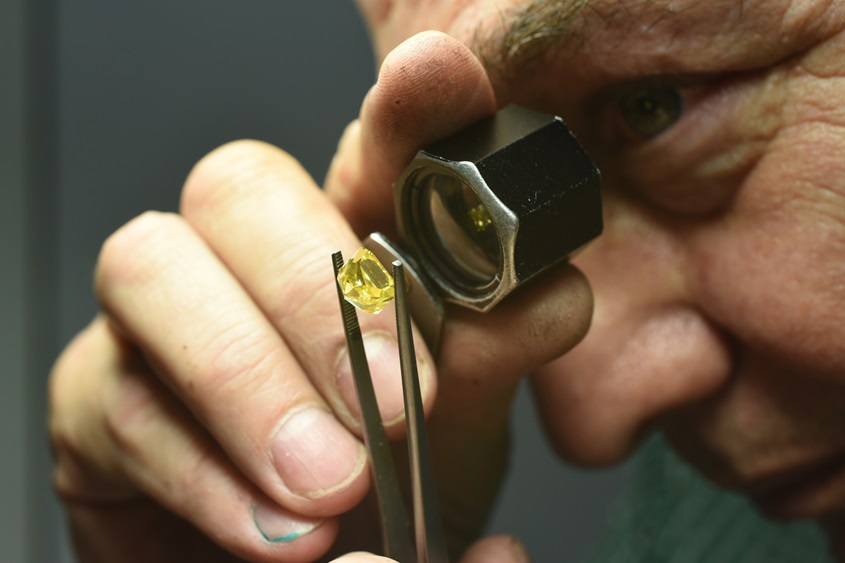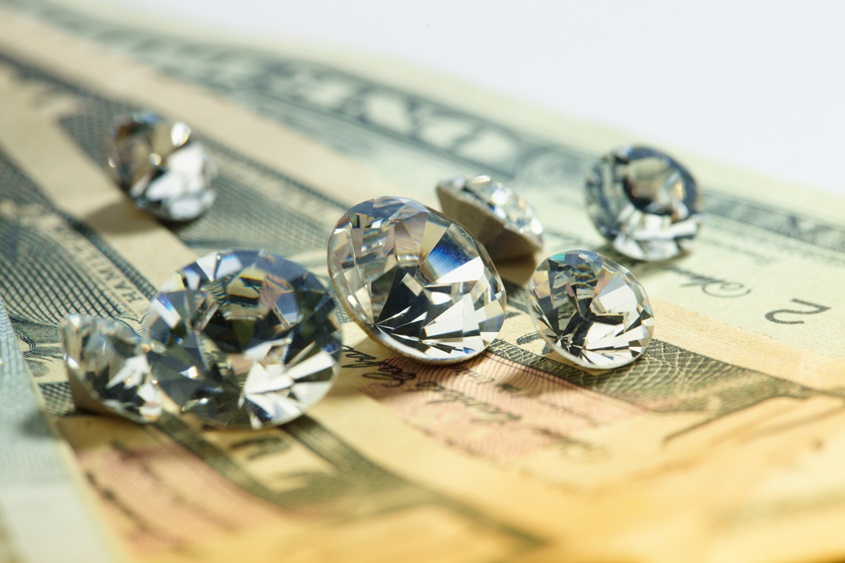A recent article written by diamond analyst Paul Zimnisky on Solitaire, an B2B gem and jewellery magazine published by India’s Gem and Jewellery Export Promotion Council (GJEPC), examines the LGD jewellery marketing strategies of the renowned global jewellery brands.
Titled “How the Largest Jewellery Companies in the World Are Marketing Lab-Grown Diamonds”, the article looks at how some big names in the diamond jewellery industry – among them Pandora, Swarovski and Signet – are trying to boost their LGD-set pieces to their customers.
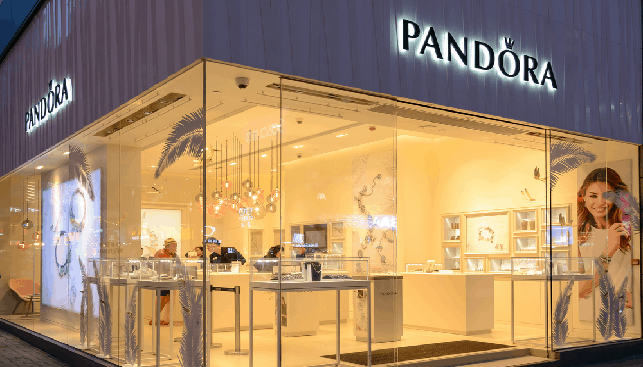
Pandora, for instance, has just recently entered the lab-grown diamonds business. Its new LGD line, “Pandora Brilliance”, is being tested in the UK, and offers an “initial price point that ranges from £250 ($340) for a 0.15-carat lab-diamond set in silver to £1,290 ($1,765) for a 1.0-carat stone set in gold.”
With 6,700 points of sale in more than 100 countries, “Pandora is likely the largest jewellery company in the world to enter the lab-diamond space,” says Zimnisky. According to Pandora’s CEO Alexander Lacik, Pandora’s lab-diamond strategy “is a means to “democratise” diamonds, making them “affordable” to a larger population.” Pandora’s marketing approach, Zimnisky explains, “is more “fashion-jewellery” oriented – positioning the product primarily to cater to a new consumer base rather than the existing diamond-buying demographic.”
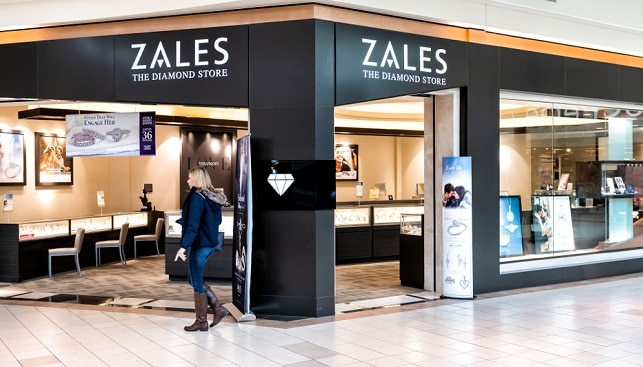
Signet Jewelers, the largest jeweller in the US, started to sell “a limited amount of lab-diamonds with bridal options in 2019.” However, Signet doesn’t seem to aggressively market its LGD products; for instance, its Zales’ website “still prominently displays natural diamonds on the landing page, with no mention of lab-diamonds.”
Another large diamond jewellery retailer, Tiffany & Co., as well as iconic high-jewellers such as Cartier and Bulgari, “do not include lab-diamonds in their merchandise assortment.”
Read the full article here
